#Viburnaceae
Text
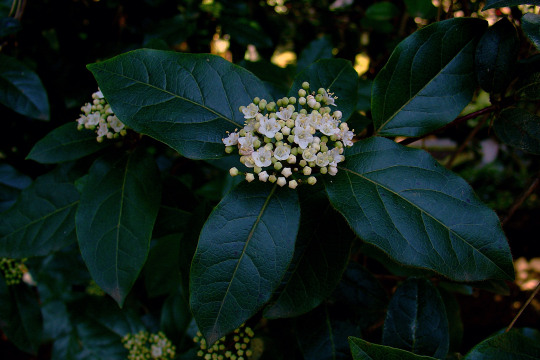

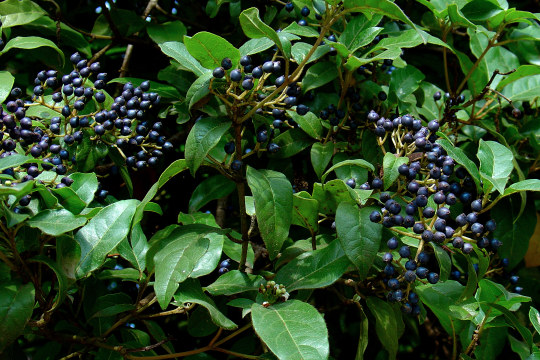
V – Viburnum tinus L. – Viburno-tino (Viburnaceae)
33 notes
·
View notes
Text

Viburnum dentatum / Southern Arrowwood at the Sarah P. Duke Gardens at Duke University in Durham, NC
#Viburnum dentatum#Viburnum#Viburnaceae#Southern Arrowwood#Arrowwood viburnum#Roughish Arrowwood#Arrowwood#Native flowers#Native plants#Native shrubs#Flowers#Plants#Shrubs#Plantblr#Nature photography#photographers on tumblr#Sarah P. Duke Gardens#Duke Gardens#Duke University#Durham#Durham NC#North Carolina
9 notes
·
View notes
Text
Here we have Viburnum davidii, in the VIBURNACEAE family. Its common name is David viburnum!
This evergreen shrub can be identified by its elliptical to oval shaped leaves with 3 distinct veins. Its flowers are white to pinkish, small, and occur in umbel-like clusters. It produces metallic blue drupe fruits.
Viburnum davidii is native to the hills of Tibet and is highly shade tolerant, with leaves constructed to maximize sunlight absorption. Its flowers attract butterflies as pollinators, and its seeds are dispersed by birds that eat its fruit.

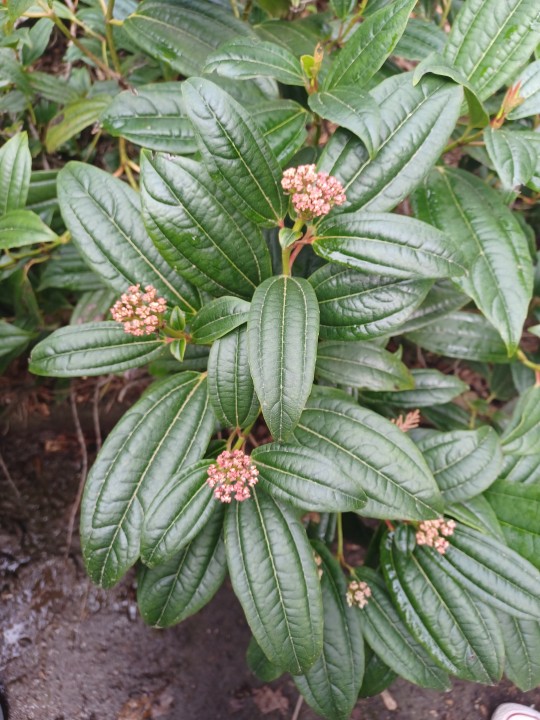
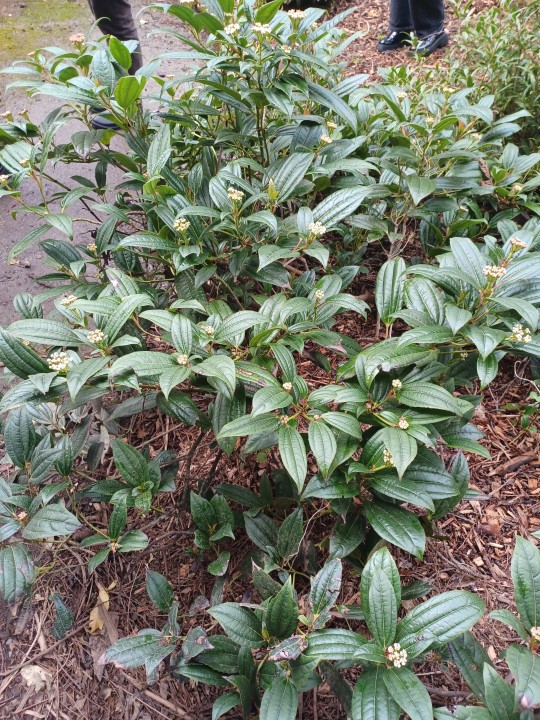

0 notes
Text

7월 25일 일본 탄생화 엘더 (Elder)
서양접골목, 딱총나무, 엘더플라워
산분꽃나무과(ガマズミ科) 딱총나무속(ニワトコ属) 낙엽관목
일본어 : セイヨウニワトコ(西洋接骨木)
잎, 줄기, 꽃을 약재로 사용하며 꽃말은 열중
건조시킨 꽃의 생약명은 접골목화(接骨木花)
0 notes
Photo

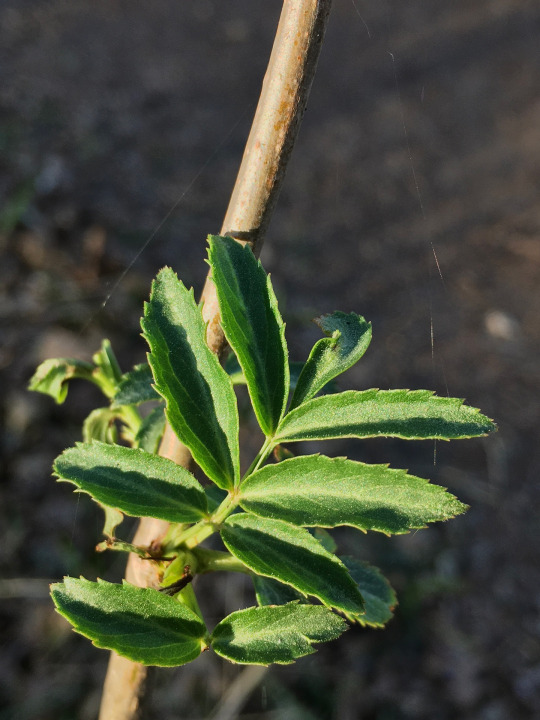
Scientific Name: Sambucus canadensis or Sambucus nigra ssp. canadensis*
Common Name(s): American black elderberry, common elderberry
Family: Adoxaceae (moschatel); prev. Caprifoliaceae (honeysuckle)
Life Cycle: Perennial
Leaf Retention: Deciduous
Habit: Tree, shrub
USDA L48 Native Status: Native
Location: Plano, Texas
Season(s): Late winter
The way that new growths on this plant spurt out of the nodes, set apart by long spans of bare stem (called the internode, I just learned) always struck me as a bit odd-looking.
* There is apparently some disagreement over whether this plant belongs to its own species (Sambucus canadensis) or is a subspecies under another one (Sambucus nigra subspecies canadensis). The U.S. government’s Integrated Taxonomic Information System (ITIS) regards S. nigra ssp. canadensis as the accepted name and relegates S. canadensis to synonym status. However, Plants of the World Online (POWO) from the British authority Royal Botanic Gardens, Kew treats S. canadensis as an accepted species and doesn't show any subspecies under S. nigra. A page on iNaturalist explains at length the logic behind using S. canadensis, but it also shows that the site has flipped back and forth on this matter several times. How is a layperson supposed to know?
Adding to the confusion, POWO indicates that Viburnaceae should be this plant’s proper family name, with Adoxaceae as the synonym, yet the accepted taxonomic tree on ITIS shows Adoxaceae. Is this a British vs. American thing? I thought it was all supposed to be in Latin. I can’t tell.
#Sambucus canadensis#Sambucus nigra#black elderberry#American black elderberry#Adoxaceae#perennial#deciduous#tree#shrub#native#Plano#Texas#winter#spring#late winter#internode#Sambucus#Caprifoliaceae#berry#edible plants#taxonomy#taxonomic confusion#Viburnaceae#elderberry#plantblr
1 note
·
View note
Text


V – Viburnum opulus L. – Oppio (Viburnaceae)
33 notes
·
View notes
Text

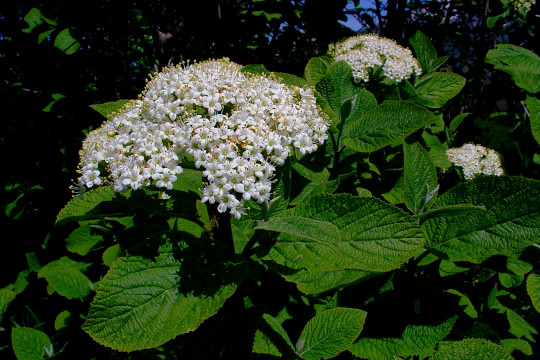

V – Viburnum lantana L. – Viburno lantana (Viburnaceae)
21 notes
·
View notes
Text

V – Viburnum tinus L. – Viburno-tino (Viburnaceae)
29 notes
·
View notes
Text

Viburnum dentatum / Southern Arrowwood at the Sarah P. Duke Gardens at Duke University in Durham, NC
#Viburnum dentatum#Viburnum#Viburnaceae#Southern Arrowwood#arrowwood#Native plants#Native flowers#Plants#Flowers#Nature photography#photographers on tumblr#Sarah P. Duke Gardens#Duke Gardens#Duke University#Durham#Durham NC#North Carolina
2 notes
·
View notes
Text

Viburnum recognitum / Northern Arrowwood at the Sarah P. Duke Gardens at Duke University in Durham, NC
#Viburnum recognitum#Viburnum#Viburnaceae#Northern Arrowwood#Arrowwood#Smooth Arrowwood#Native plants#Native flowers#Native shrubs#Plants#Flowers#Shrubs#Nature photography#photographers on tumblr#Sarah P. Duke Gardens#Duke Gardens#Duke University#Durham#Durham NC#North Carolina#🌺🌻
1 note
·
View note